What is crepe and where is the fabric used?
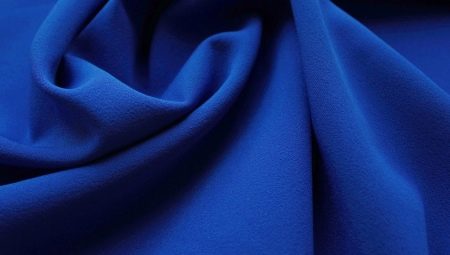
Currently, in different countries, the production of an infinite number of all kinds of fabrics has been established. Modern crepe materials are popular and of high quality. They have many positive qualities and performance characteristics. In today's article, we will find out what crepe is and where this fabric is used.
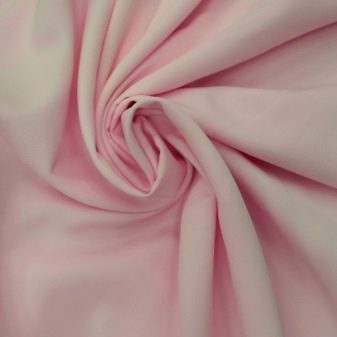
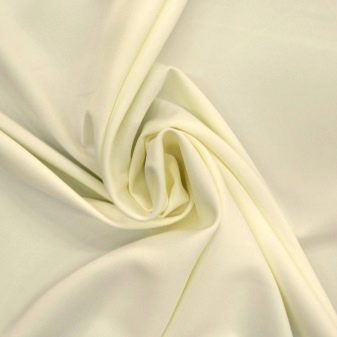
What it is?
Crepe is not one specific material, but a whole group of materials that differ from each other both in the way of weaving and in composition. Crepe fabrics differ in that they have an uneven structure with roughness. These fabrics are used to produce very high quality and durable items that are not subject to rapid wear.
Crepe fabrics can be of very different composition. The most popular today are options based on silk, wool or cotton. There are also such types of canvas in which fibers of synthetic origin are present.
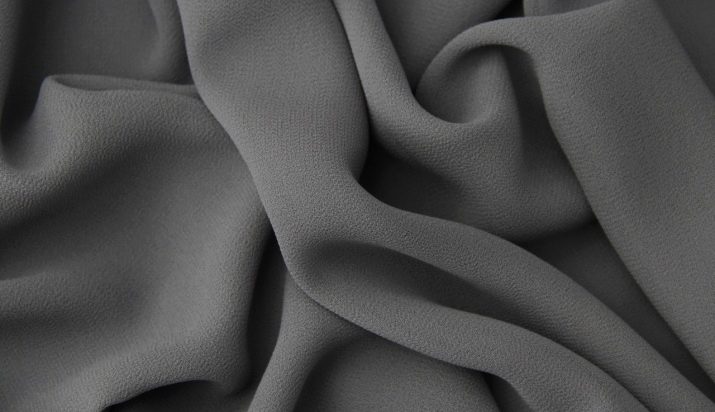
In the production of crepe material, twisted threads are used, which alternate left and right.
Due to this, the required level of textile elasticity is achieved. Due to the production technology, as well as the composition, the material stretches very well, but at the same time it does not undergo stretching.
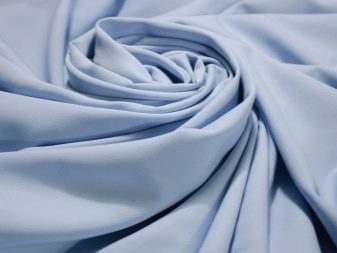
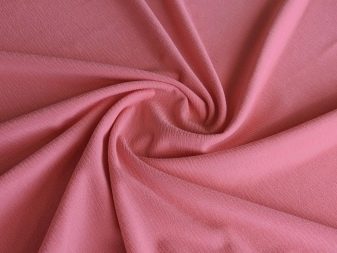
If we consider in more detail the description and properties of crepe fabrics, then the following main parameters can be distinguished.
- The fabric in question is characterized by a high strength level. Typically, textiles are composed of tightly twisted threads. After boiling, they can partially unwind, due to which the characteristic relief of the matter is achieved.The chaotic convex texture effect also forms a fine-patterned weave. With this weaving, the threads are not twisted, but simply weaved in accordance with a certain order. Both the first and second production technologies give the matter excellent strength and durability.
- Crepe materials look bright and aesthetically pleasing throughout their entire service life. Over time, the rich colors on such fabrics do not cease to remain so. If textiles are made from high quality fibers and yarns, they will retain their original appeal over time.
- Despite the fact that the material is quite dense, it is thin and light. Textile belongs to the category of the most delicate and soft, tactilely pleasant varieties. Crepe fabric is ideal for making quality flying dresses or summer blouses.
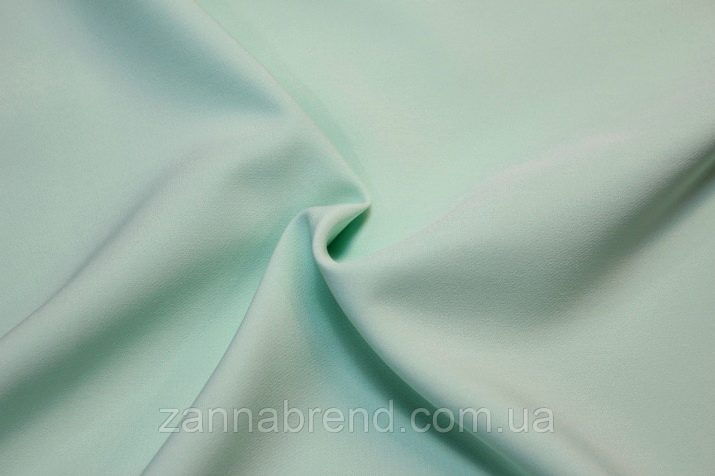
Advantages and disadvantages
It is not for nothing that crepe fabrics are very popular and in great demand, because they have a lot of positive qualities. Let's outline the most important advantages that modern high-quality textiles have.
- As mentioned above, crepe fabrics have a high level of strength. This is one of the most important advantages of such materials. In addition, crepe is characterized by increased density. It is very difficult to tear or damage fabrics from this group.
- Crepe fabrics are not subject to wear. Quality items made from such materials can last for a very long time without losing their original aesthetics.
- Many users are attracted to the canvas by the fact that it does not undergo strong creasing. The material does not have to be constantly ironed and tirelessly maintain its neat appearance.
- On the basis of crepe products, it is possible to create a wide variety of draperies.
- As stated earlier, crepe fabrics can stretch, but not stretch. In some cases, this indicator may be different - it all depends on the composition of the textiles.
- Crepe textiles are breathable. The material "breathes", so it is very convenient to wear clothes made of it.
- This type of material does not accumulate dust on its surfaces.
- Crepe fabrics are capable of repelling excess moisture from their structure.
- The materials are very soft, tactile and lightweight.
- High-quality clothes made of crepe fabrics are not subject to deformation, do not lose their original correct shape even after many washes.

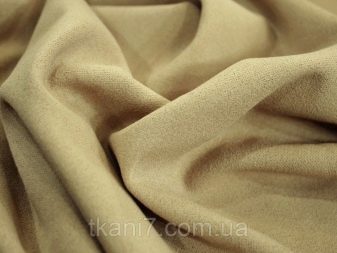
The canvas has a lot of advantages, but at the same time it is not devoid of disadvantages. Let's find out what are the main disadvantages of such textile variations.
- When sewing things from the fabric in question, shrinkage may occur. Because of this, the woven fabric should always be purchased with a margin, and it must be ironed before the cutting procedure.
- Textiles do not always stretch well. On the other hand, materials with some compositions are completely inelastic. This characteristic is influenced by the components from which the matter is made.
- Crepe materials are capricious in relation to weather conditions.
- The textiles in question are susceptible to absorption of foreign odors into their structure.
- The cost of production from this fabric is relatively high.
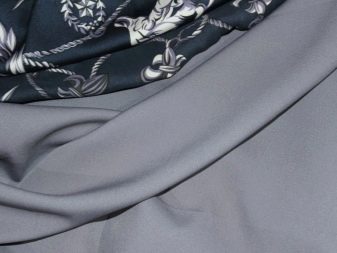

Not the most attractive price tags are due to the fact that the composition of the material is predominantly natural.
Views
Modern manufacturers produce many variations of quality crepe fabrics. Let's get acquainted with the features and characteristics of some copies.
- Woolen look. This type of material includes crepe georgette, damascus and crepon. The fabric is very warm and has a high level of density. It should be borne in mind that the woolen version of the fabric does not stretch. In its production, either woolen or semi-woolen threads are used.Most often, suits and various models of outerwear are produced from the textiles in question.
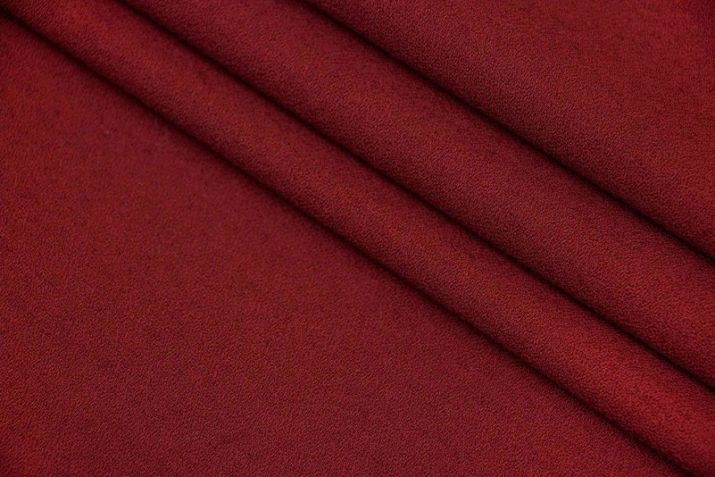
- Crepe de Chine. High quality and demanded material, which is widely used in sewing clothes and home textiles. Crepe de Chine is based on natural cotton. The surface of the material is rough and does not have a gloss. Crepe de Chine practically does not last. Today, many subspecies of this artificial textile are produced.
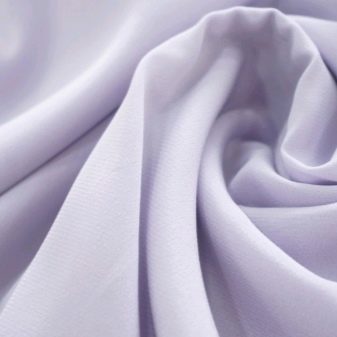
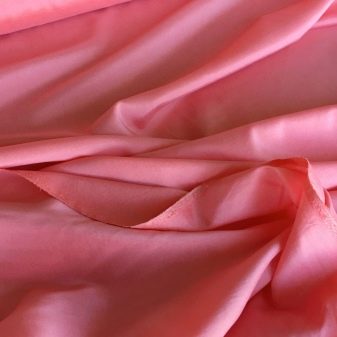
- Crepe georgette. This material is stretchy, resilient and shiny. Georgette is an airy, but at the same time massive kind of textile. Crepe georgette garments make a lot of noise when worn. The elasticity of the dense fabric in question is guaranteed by combining both silk and synthetic fibers in weaving.

- Crepe stretch. The specified variation of crepe fabric is the most budgetary one, it has a very high level of elasticity. Typically, stretch fabrics are made mostly of synthetic fibers with a high polyester content. The textile is thin.

- Crepe chiffon. This material is translucent, has a matte-type surface, a little rough. The fabric is airy, slippery to the touch. As a rule, crepe chiffon is used for the manufacture of skirts, blouses and sundresses. Often, matter can be seen in the role of decoration on handbags, hats, and so on.
Crepe chiffon is made using silk, synthetic and cotton fibers.
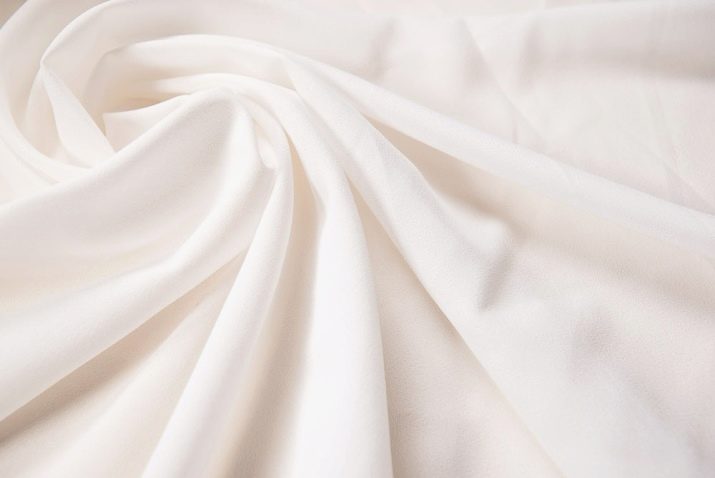
- Crepe jacquard. This canvas is dense and heavy. Complemented with an image of the printed type. Jacquard is very often used in the role of curtain textiles.

- Moss. A translucent variety of crepe material. It is airy, has added threads with glitter. Moss is perfect for making light summer clothes or pretty tulle.

- Crepe jersey. Matter of synthetic origin is subtle. The canvas can stretch well, fits the human body nicely.
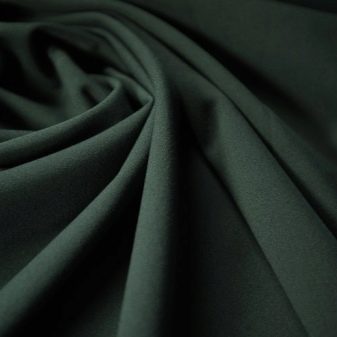
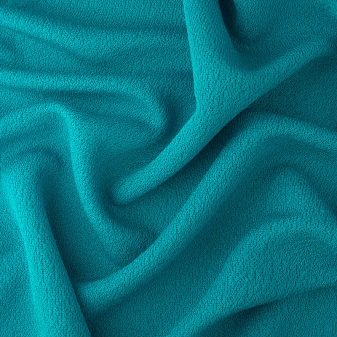
- Rose. The main feature of this woven fabric is the relief in the form of strokes. The textile is breathable and breathable. Rose is characterized by high density. Excellent models of jumpers and T-shirts are sewn from this fabric. Matter stretches very badly.
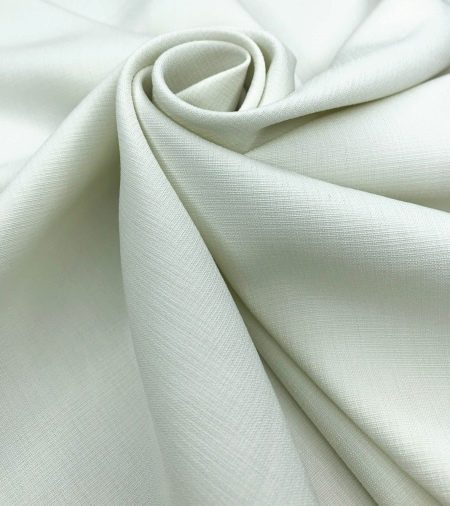
- Crepe atlas. Made from high quality silk or synthetic fibers. The latter are woven on the basis of satin technique. The seamy side of the satin crepe is embossed and the "face" is smooth. The fabric in question is ideal for the formation of enchanting evening looks, as well as original stage outfits.


- Pleated option. When creating this material, wax is applied to certain parts of it. The canvas is dipped into a special solution. Under its influence, untreated areas are compressed. After that, the wax is removed - a beautiful pleating is obtained.


- Reaper. A material that is made from components of natural origin. The header is not elastic. Very often, it is complemented by elegant prints and patterns. The textiles in question make wonderful bedding.
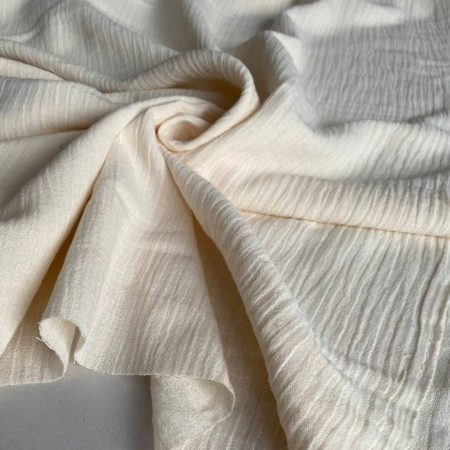
- Crepe viscose. It has a lot in common with cotton, but can lend itself much better to beautiful drapery. Viscose is very comfortable and pleasant to wear.
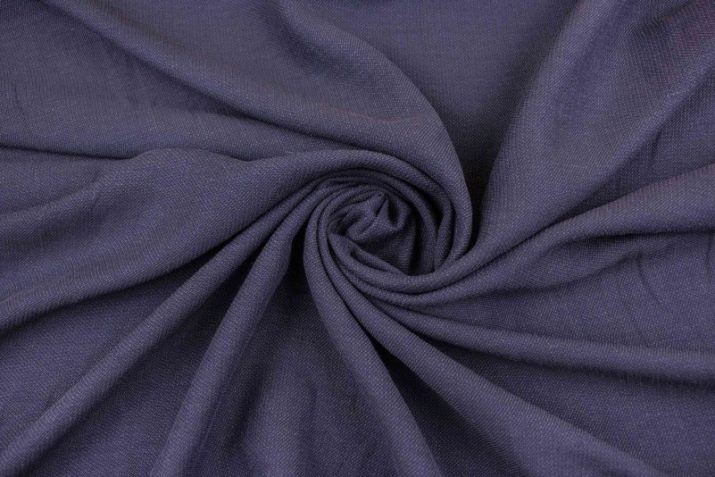
- Morochen. This textile is characterized by an expressive relief. Natural twisted fiber is used in the production of the material. Moroken is capable of minimal stretching.
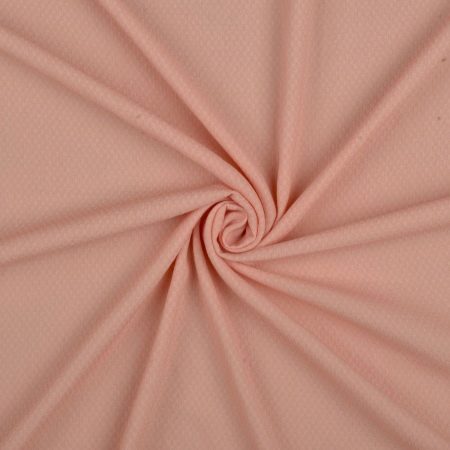
- Bubble. The fabric is of synthetic origin, has an interesting bubble relief.


- Diving. Textile with a dense structure, very good stretching. This material was developed relatively recently, but has already gained insane popularity.
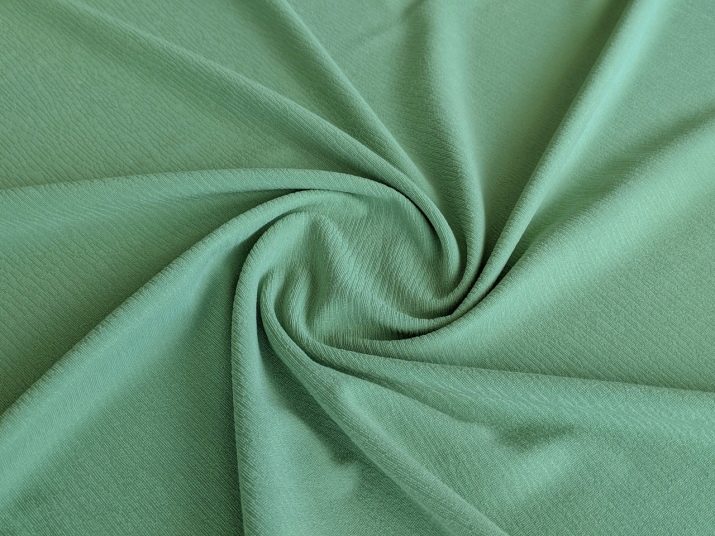
- Crepe kashibo. The textile is translucent, breathable. The upper part of this canvas has a characteristic relief. The material in question is made from polyester fabrics.

Applications
In the past, crepe materials were most often used for sewing dresses and suits. Today, these types of fabrics are used not only as simple dress fabrics. A lot of different things of high quality are made of them.
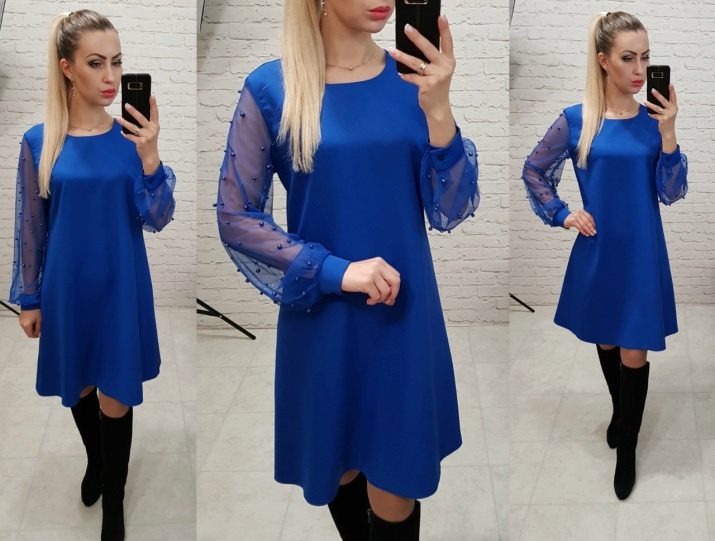
Consider what kind of products are made from crepe fabrics.
- Not only a huge number of different items of clothing are produced from crepe, but also high quality bedding. There is also furniture upholstery. As a rule, high-quality crepe jacquard is used for the upholstery of furniture structures.
- The textiles are suitable for making various toys, as well as many decorative items such as curtains, for example.
- From the matter under consideration, beautiful summer things are obtained, characterized by lightness and breathability. In addition, textiles are ideal for making wedding dresses, accessories, evening dresses. Most often, crepe de Chine is used for the production of the listed items.
- Fine models of various costumes come out of textiles. So, very attractive options are obtained from a double canvas.
- It is difficult not to pay attention to high-quality curtains made of dense canvas, especially if it is crepe satin.
- From such material as georgette, lightweight clothing and all kinds of elegant accessories are produced.
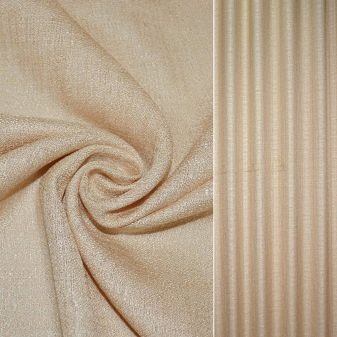
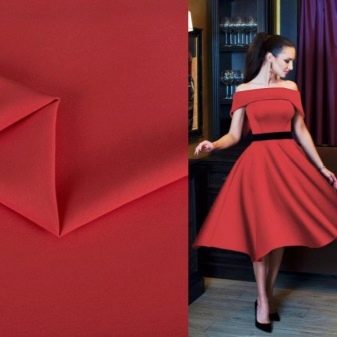
Today crepe fabrics are very widespread. They are sold in many stores, presented in a rich assortment. Each buyer can choose a suitable product for himself.
Care rules
Despite the fact that crepe fabrics have a long list of benefits and are quite practical, they still need proper care. It is the key to durability, wear resistance and aesthetics of things from the canvas in question.
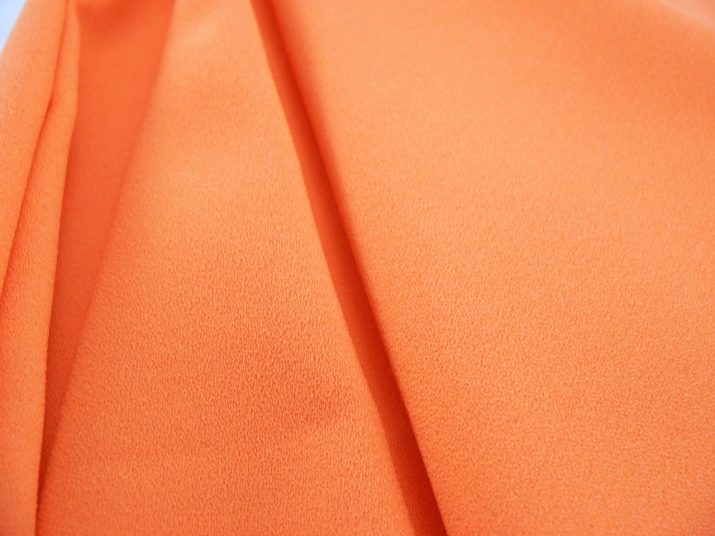
Washing and drying
The procedures for washing and drying crepe products provide some nuances that must be taken into account.
- Water for washing crepe fabrics should not exceed 40 degrees Celsius. In the conditions of cleaning in the machine, it is necessary to set only the "delicate" mode or set the option "silk". In this case, the spin should be turned off - crepe items must not be twisted.
- It is best to wash products from the fabrics in question by hand. At the same time, you should not rub the textiles too actively and strongly, otherwise it can be seriously damaged.
- For the care of crepe products, it is necessary to select only non-aggressive formulations that have a gentle effect on the fabric. Under no circumstances is it allowed to use stain removers with bleaching compounds, even if we are talking about products of light colors.
- Squeezing crepe products is not allowed. Instead, shake the garments after washing. This should be done intensively.
- Drying of things from the materials under consideration should be carried out only in a horizontal position. It is advisable to do this on a previously laid out bath towel. It is not recommended to fix crepe things with clothespins, as this may leave ugly creases on them.
- If you want to dry crepe fabrics without any problems, they should not be placed in direct sunlight. This may cause the color of the materials to fade.
- If the shade of the fabric has become dull, then the item should be rinsed in water with the addition of 1 tablespoon of vinegar. It is very important to keep track of the volume of the last component. If more vinegar is added, then the clothes, on the contrary, will become even paler, covered with stains.
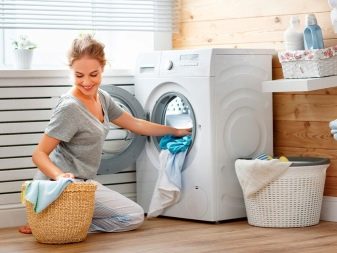
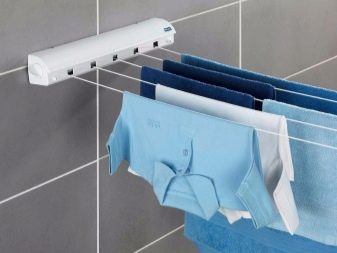
It is recommended to send outerwear made of crepe textiles to dry cleaning, and not try to wash it yourself.
Ironing
Products made from the materials under consideration must not only be properly washed, but also ironed correctly. It should be borne in mind that with proper drying, crepe items will not have to be ironed - there will be no need for it.
If the material still needs ironing, then this should be done only from the wrong side. In this case, a thin woven section must be laid between the sole of the iron and the woven fabric. The iron must be set to silk mode. Ironing crepe products is allowed only at a temperature not exceeding 130 degrees Celsius.
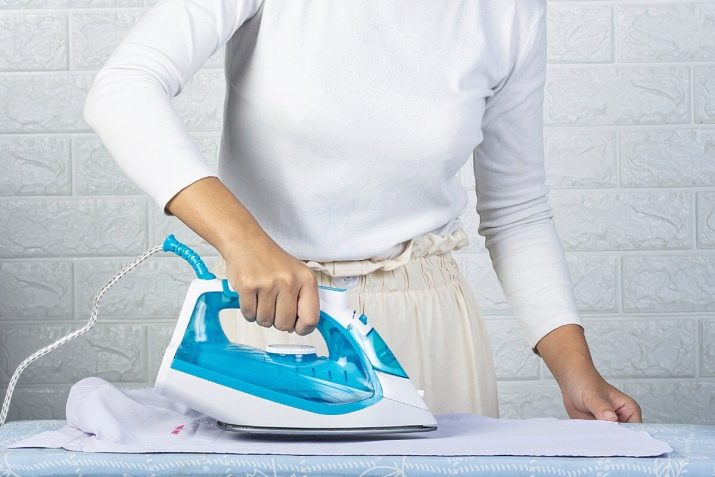
It is not prohibited to use steamers. Dipping the cloth is also allowed.








